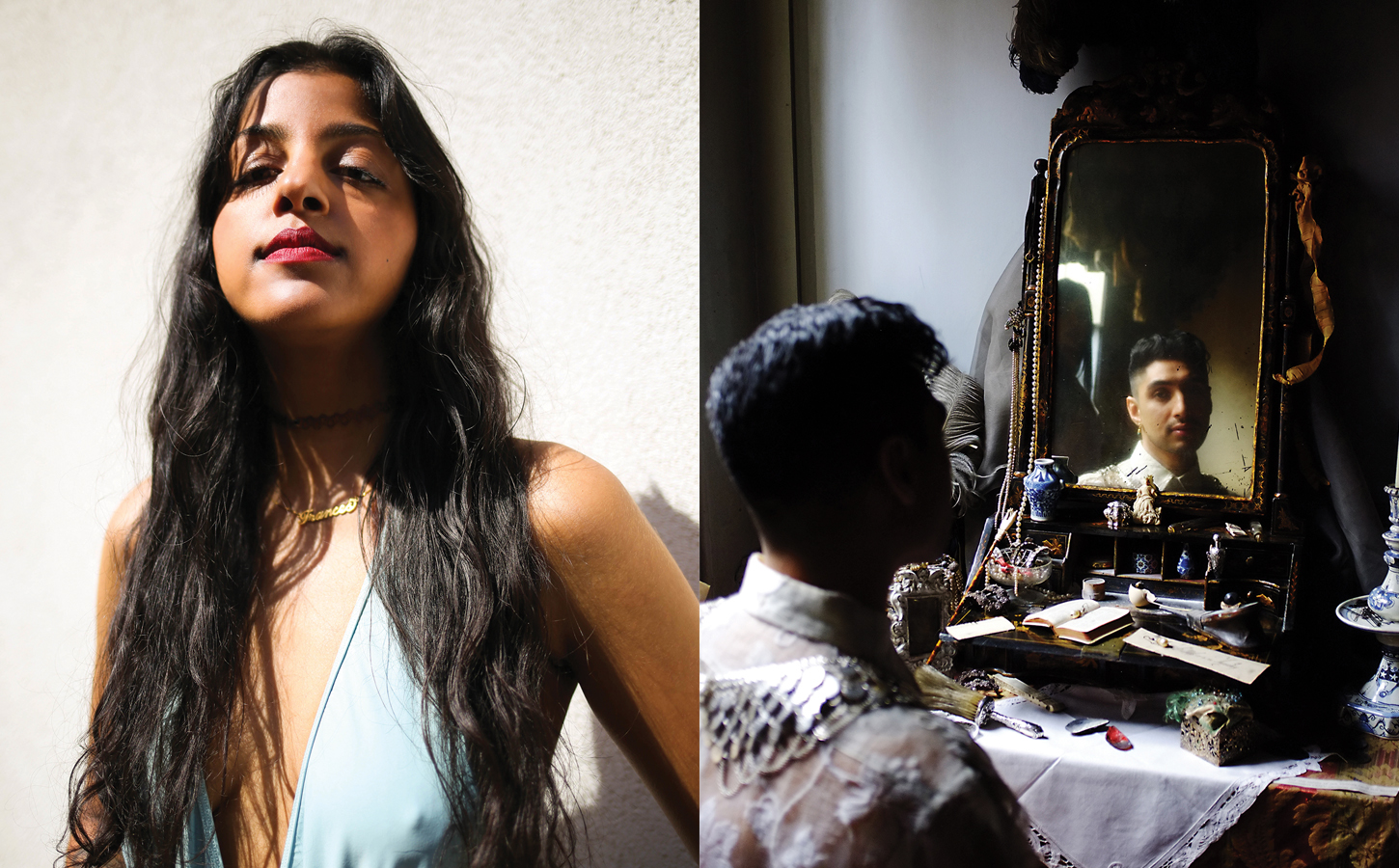It’s not often you see British Sikh, Hindu and Muslim women side-by-side in a magazine cover for — and by — South Asians. Or one that doesn’t just feature fair-skinned women. But that’s what the latest issue of Burnt Roti magazine has done.
Ten young female and non-binary South Asians making strides in their respective industries appear on the boundary-breaking latest cover of Burnt Roti, a print and online magazine and movement for the South Asian diaspora. Participants include visual artist Soofiya Andry, photographer Kirran Gidda, musician Nadia Javed and poet and filmmaker Shagufta Iqbal.
Though all the women hail from the diaspora’s respective Hindu, Muslim and Sikh communities, decades of religious, ethnic and cultural differences and conflicts have divided this community. The latest cover’s celebration of these women is then particularly poignant — it’s not often readers can find a veiled fine artist (Jannat Hussain) sitting alongside a visual artist and radio host from a Sikh background (Jasmin Sehra). “It’s saying, ‘look, we all live quite openly and together and creatively, and look how great we are — did you know you can do this too? It’s cool, join us,’” editor Sharan Dhaliwal says.
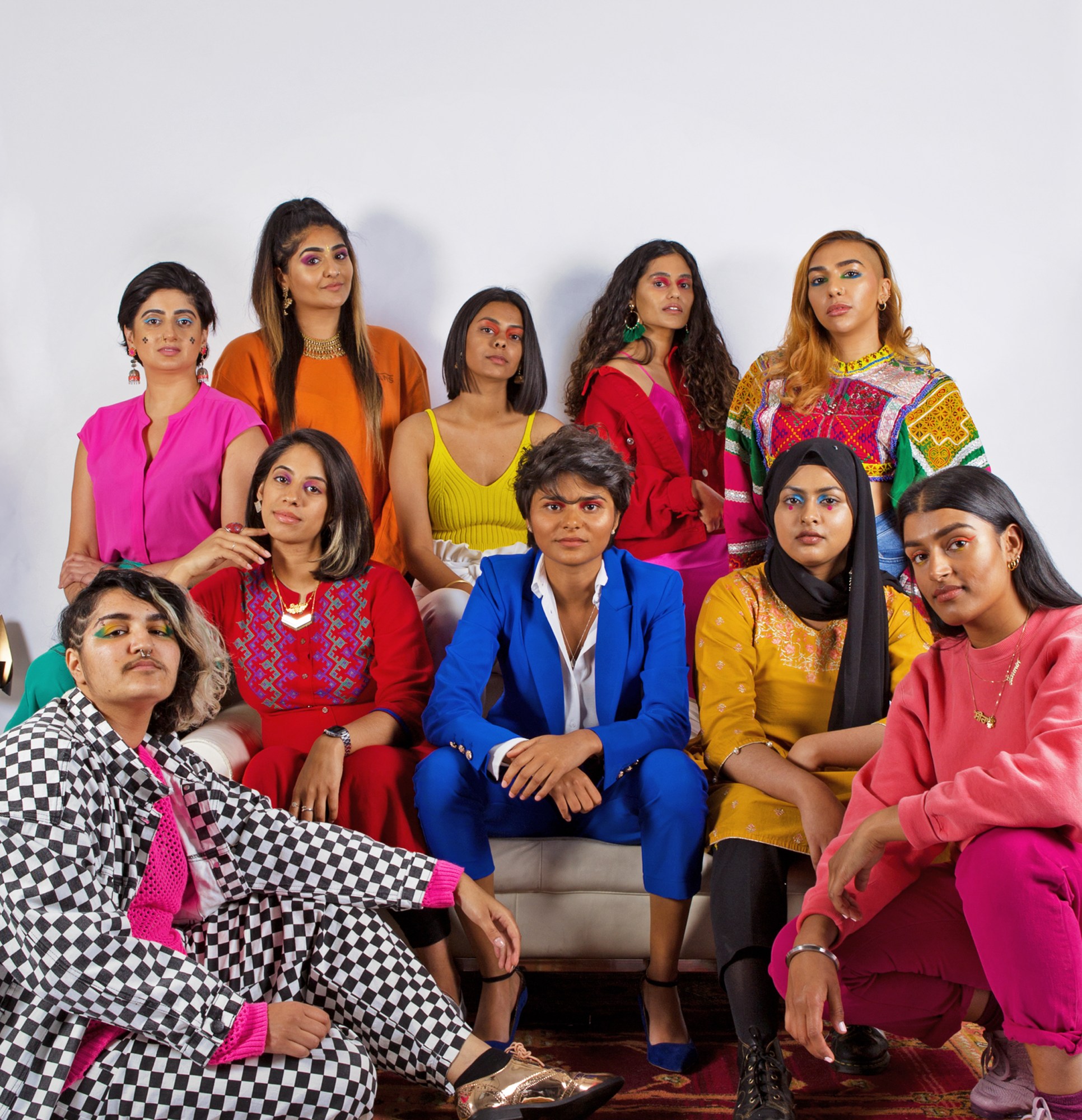
Representing the non-binary community, too, was particularly important to Sharan, not least because she’s witnessed firsthand how this identity — and they/them pronouns — are routinely mocked. Soofiya Andry, for one, identifies as non-binary. “Being on the cover will hopefully help reaffirm to people that they are accepted and existing isn’t a problem. In fact, it’s beautiful.”
With this August marking 71 years of Partition, the creation of two separate states of Muslim-majority Pakistan and Hindu-majority India in 1947, the cover is one of the most inclusive ever seen in a magazine for and by South Asians. Was it a conscious decision to celebrate what unites rather than divides this community? “We’re trying to reach out to as many areas of the community as possible,” Sharan agrees. “We want people who aren’t represented in those communities to have somewhere they can go to feel like they belong.”
What’s particularly powerful is how she provides the cover stars with a platform when mainstream recognition can often prove elusive for this group. When introducing the portrait-led cover shoot, Sharan writes: ‘Here are 10 young female and non-binary South Asians that you should know about, from poets to photographers to make-up artists. Need to hire someone for your project and complain you don’t know any South Asians? We’ve put them on our cover. There’s no excuse now.’ “We’re here for them — to help elevate them and give them the megaphone to scream with,” she agrees.
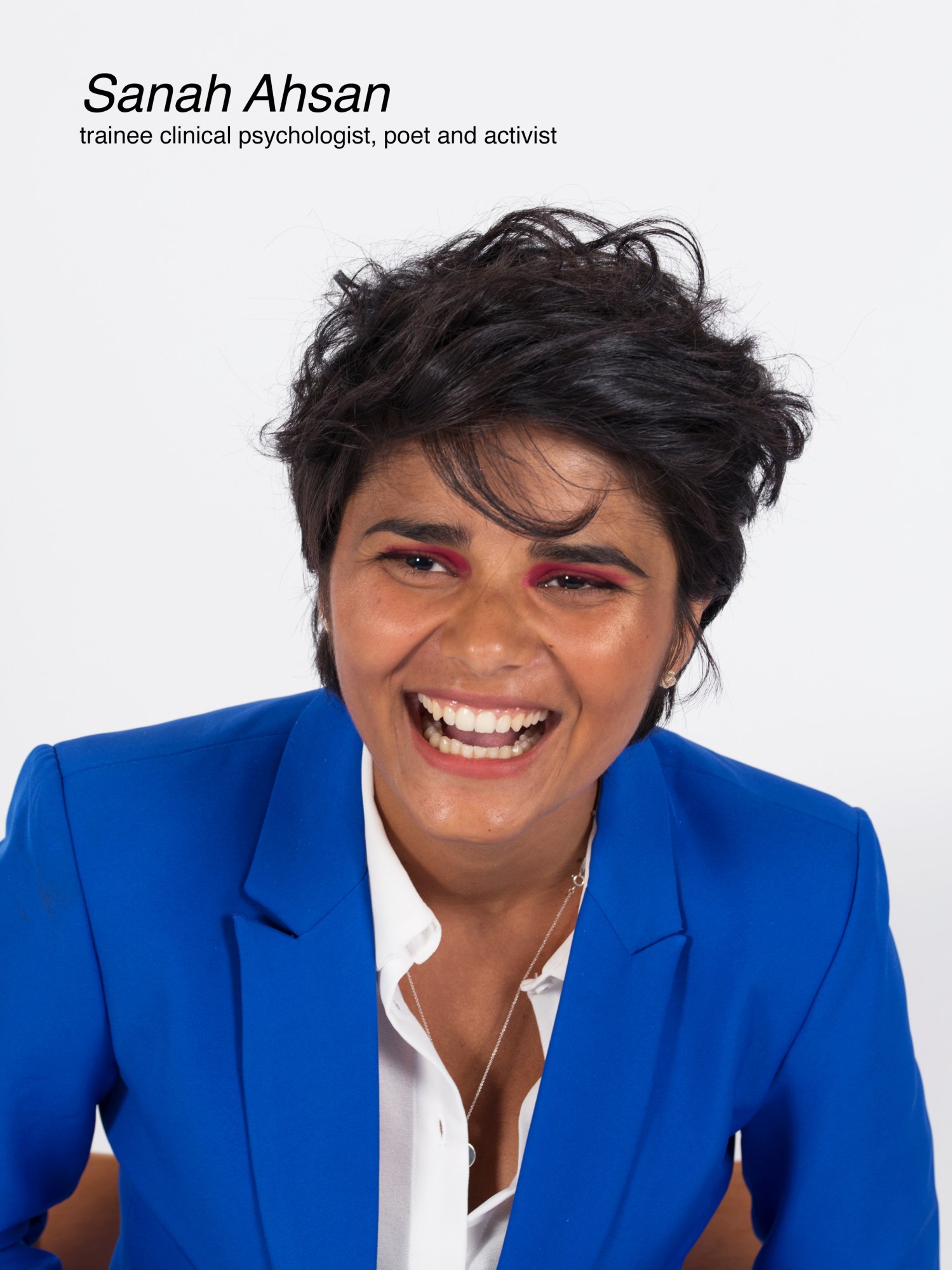
Last August, Sharan curated Burnt Roti Magazine’s week-long exhibition in East London, The Beauty of Being British Asian, in which 15 multimedia artists and five spoken word artists shed light on the intricacies of juggling their South Asian culture with a British upbringing. It was this she credits for ensuring the latest issue was as inclusive as possible.
“It helped me realise the lack of representation of the LGBTQ, non-binary, South Indian, religious people and castes in [the magazine], so have worked towards being more open,” she says. “When people queued outside for two hours to come in for this exhibition, I realised they had nowhere to go to feel this connection. I’ve worked a lot to rebuild that feeling of community.”
It’s poignant to see how dual British South-Asian identity can be a source of pride throughout, particularly when brown faces have only appeared in the right-wing press when it’s accompanied with the word “terrorist” post 9/11.
Prior to 9/11, British Asians were a mainstay of our screens and radio. Just take Panjabi MC — best known for bringing bhangra music to an international audience, who scored a Top 10 — and the TV show Goodness Gracious Me, a satire of integration and British values among the first generation British Indian community, embraced as a classic comedy in a similar vein to Keeping Up Appearances. No wonder Riz Ahmed described the 90s as the “heyday of British-Asian culture”. But this disappeared overnight, as state surveillance and global suspicion was directed at anyone who looked ‘Muslim’, with even Sikh and Hindu communities becoming victims of anti-Muslim hate crime.
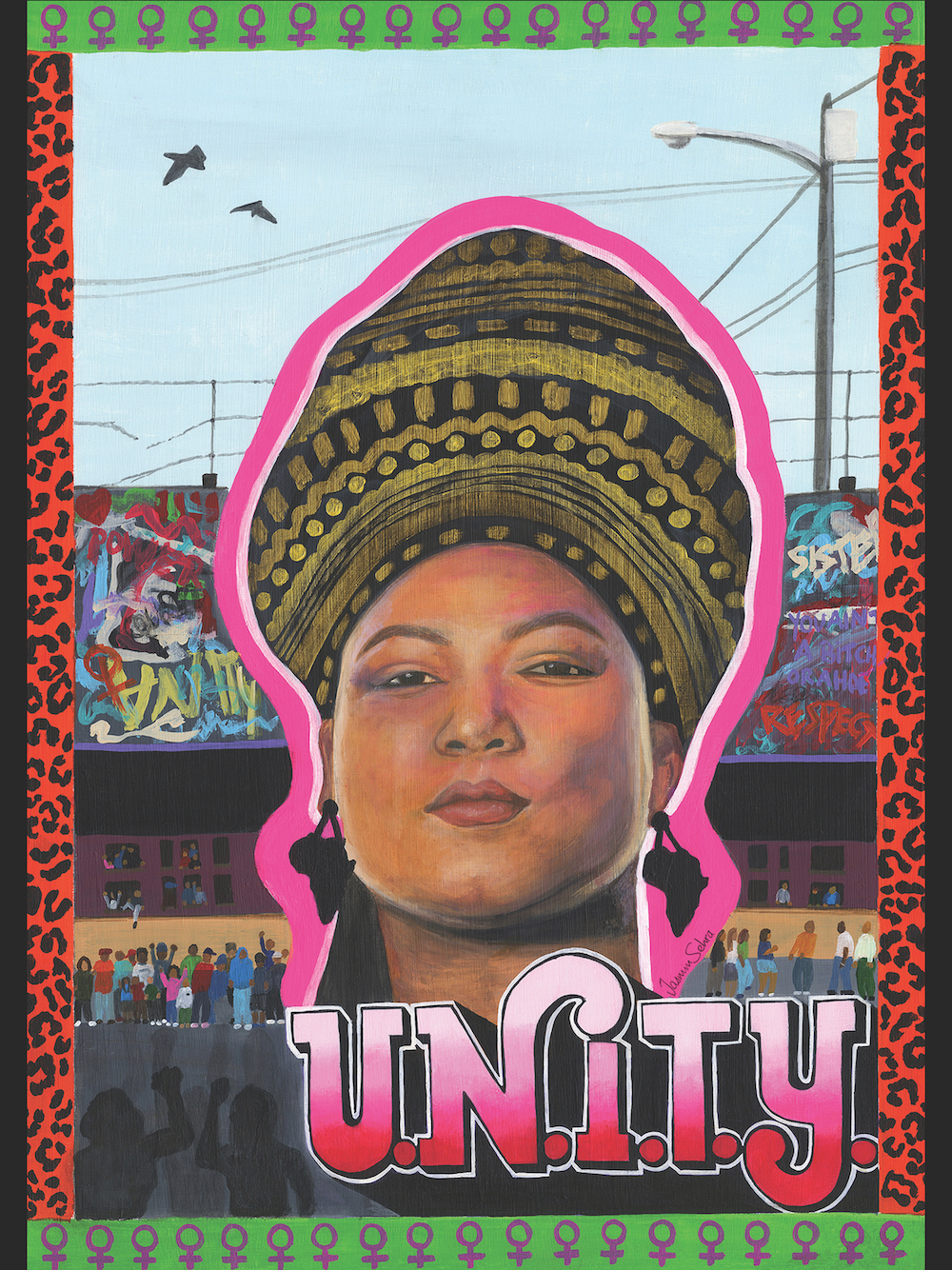
The South Asians magazines available today, rarely stray from Bollywood or bridal-focussed. Bar the likes of Kajal Magazine, a South Asian-centred art and opinion title, almost none spotlight the unique intricacies of dual British and South Asian heritage, and juggling the familial and cultural values of each, while forming your own identity. It’s this that motivated Sharan to launch Burnt Roti. “There aren’t enough platforms for [us] to have a safe space to talk about certain issues within our cultures and other elements about being South Asian that have a stigma,” she tells i-D. “We need these spaces where we can voice our experiences and there won’t be judgement.”
The previous two issues have grappled with heavyweight issues considered taboo in this community, from colourism, mental health and masculinity, abusive parents and the stigma of menstruation among the Hindu community.
Burnt Roti was born out of Dhaliwal subverting familial and cultural expectations for her to be a ‘good Indian girl’. “A lot of young girls like myself were taught to ‘take care of the men’. This would involve cleaning up after finishing dinner while your brother is told to watch TV, or being taught to make perfect, round rotis,” she recalls. “As a form of activism, I found myself burning rotis. My mum would stand there watching me casually burn rotis thinking ‘this girl is never going to get married. She can’t even make a damn roti’.”
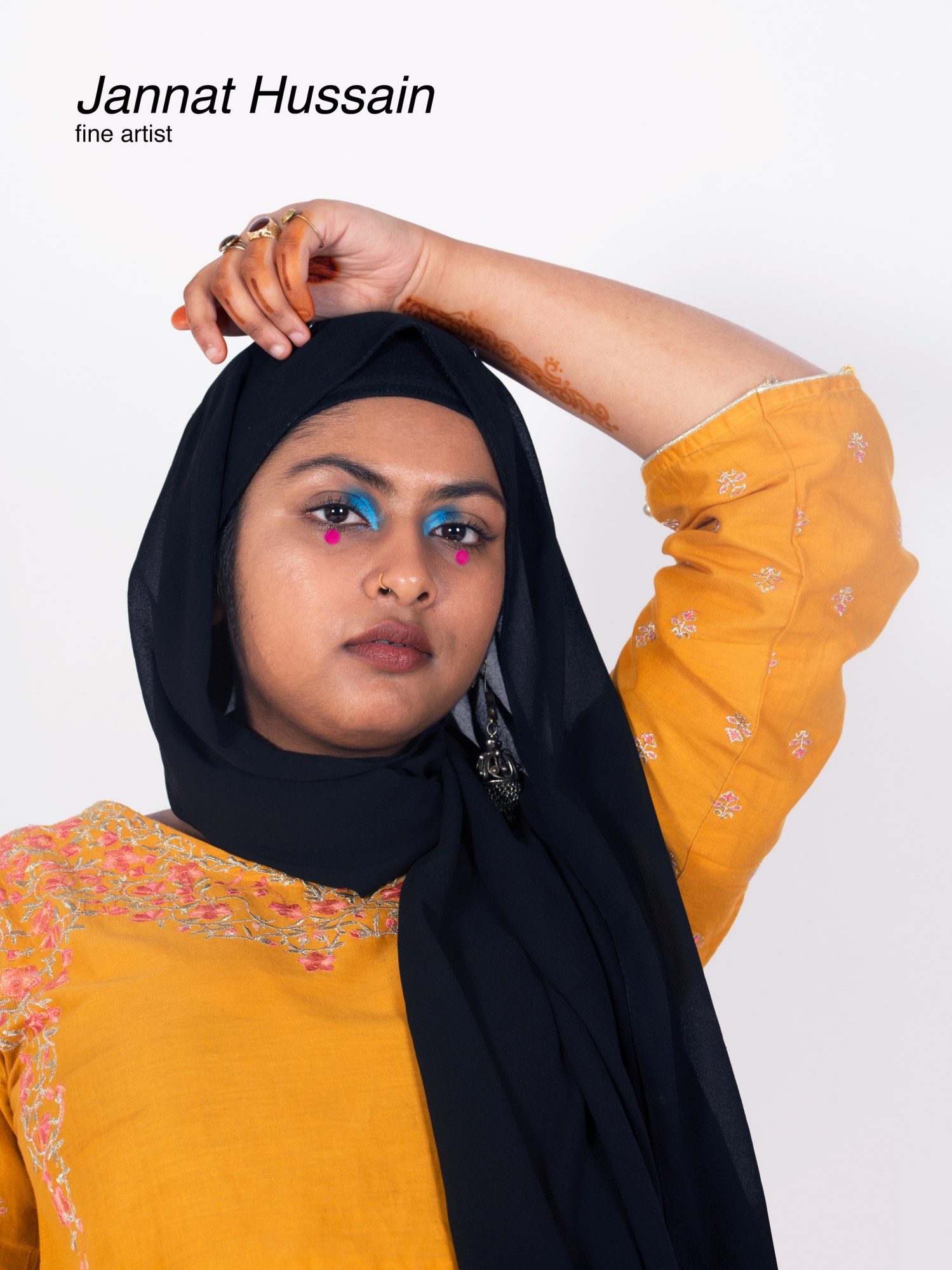
The latest issue features regular sections, including ‘Lunchbox’, a recipe feature with Sharan’s mum, and a review of a brown-led film or TV show. Yet this issue is significantly more ‘provocative’ than the previous two, largely in part as it centres on non-binary and bisexual identities. The spreads, spanning interviews, essays, photography and artwork over 100 pages, provide a rarely-seen platform for marginalised identities within the South Asian community. Just take London-based musician Leo Kalyan discussing the intricacies and complexities of living as an out and gay Pakistani man of Muslim background, a ‘triple discrimination’ that he suspects has potentially impacted his career.
“Despite all the success I’ve had with music, my achievements haven’t added up to a massive record deal and financial investment. I’ve had to ask myself: is it because I’m brown, gay and from a Muslim background?” he says to Sharan and publisher Reeta Loi in the interview. “It isn’t the easiest time in history to be in one of those categories, let alone all three! I’ve had a couple of experiences in record label offices where this was hinted at to me.”
Sharan, too, discusses coming out as bisexual in her mid-30s. In her think-piece, “I’m Bisexual and Scared to Come Out”, she recounts the experience as one fraught with fear. “I didn’t leave my flat for a while,” she recalls. “There was a strong fear in revealing [my sexuality] to my family. There was an uncomfortable conversation afterwards and a feeling of being ‘dirty’ — something that the community can sometimes too easily make us feel.”
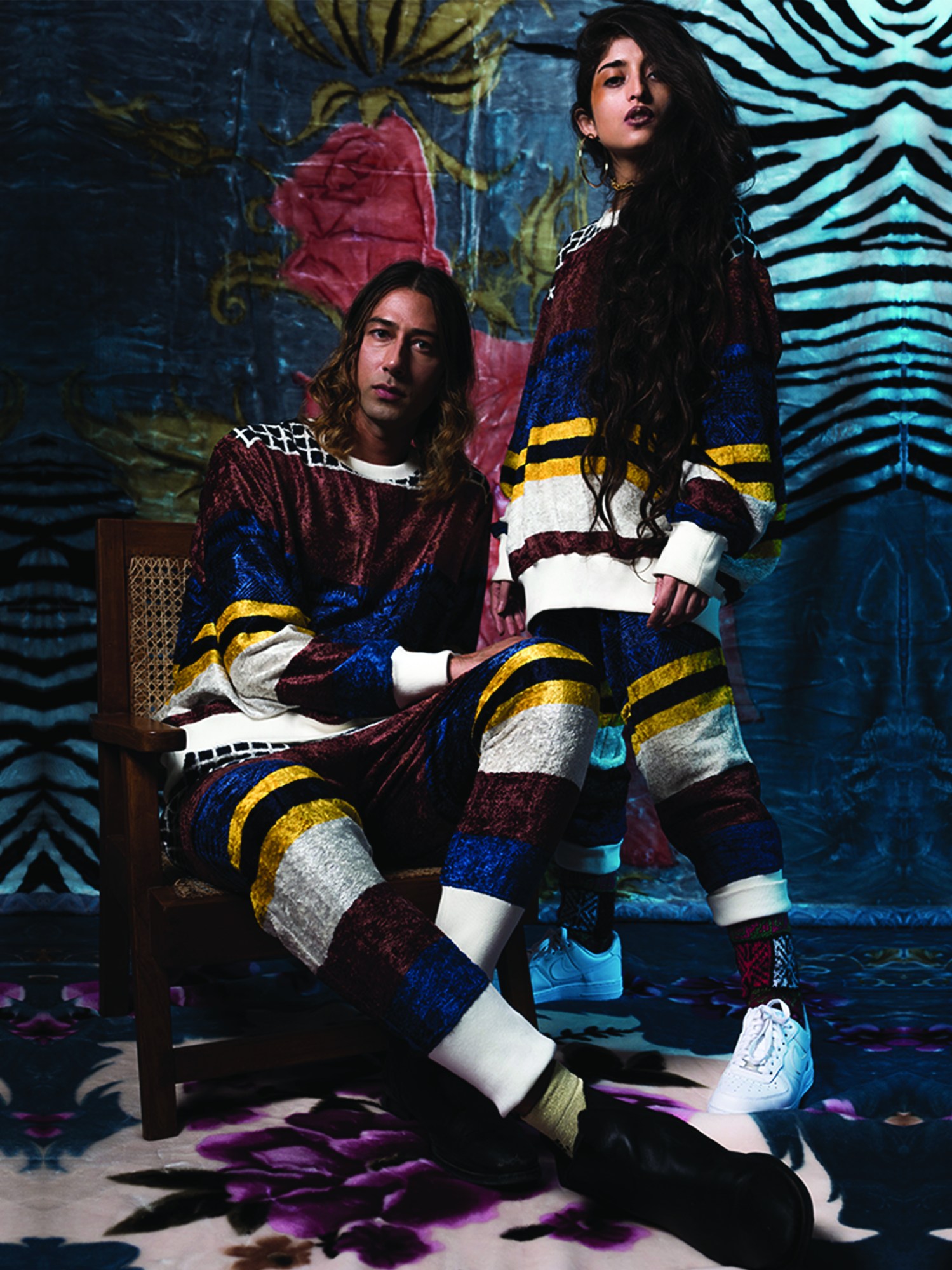
While she concedes that there’s now some level of acceptance from her family — “most don’t care or mind what I do but there’s also an understanding that some will never really want to talk about it and have told me to stop talking about it. They believe that I’ve done it now, I don’t have to keep saying it.” But the reception from the South Asian community of Burnt Roti readers has been hugely positive. “I received messages from people who said my story would one day be one of the things that helps them come out. It’s a wonderful feeling.”
The impact that coming out has had on Sharan’s sense of self has surprised her most. “There’s been a greater acceptance of my own body and owning my sexual energy. After I came out there was an extraordinary feeling of freedom,” she tells i-D. “I felt like I needed to act on my bisexuality and at the same time had the freedom to be myself. I placed myself in PoC LGBT nights and felt at ease. I allowed myself to look at women without having to hide my gaze.”
When LGBTQ+ British Asians have been pressured into heterosexual marriages for fear of being disowned by their families in recent years, Burnt Roti’s unapologetic celebration of their diverse identities is particularly powerful. “It’s important to give voices to people who currently have no media outlet to have their particular voices heard. Without the connection of cultural, language and experienced heritage, we can feel lonely.”
While the issue is relevant to a wider audience, Sharan hopes that it can serve as a tool for South Asians like herself struggling with their sexuality or gender identities: “If younger readers are worried about this and don’t know what to do, there’s comfort in knowing others are the same and accepted for it.”
Ultimately, she hopes that the latest issue might serve as a tool for the South Asian diaspora to put decades of their ethnic and religious differences aside and finally come together. Opening up a dialogue on their diverse sexual identities is pivotal to that, she stresses. “No matter what political or social climate we live in, there’ll never be a ‘good time’. It’s always just time.”
